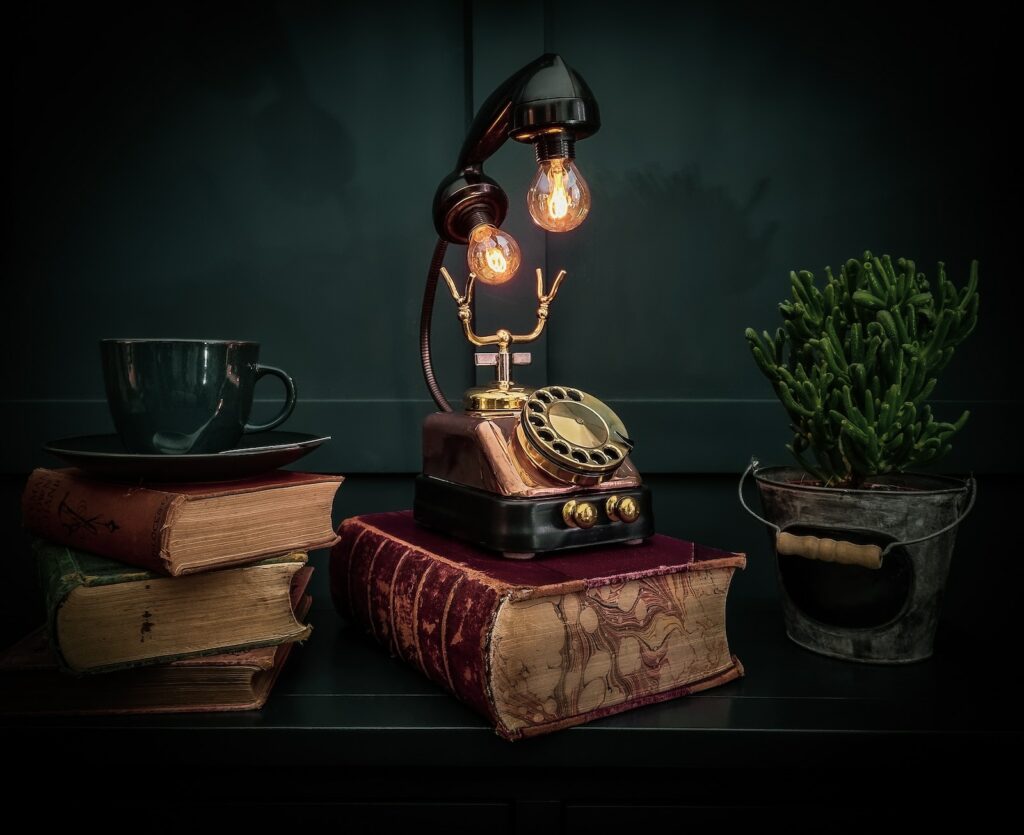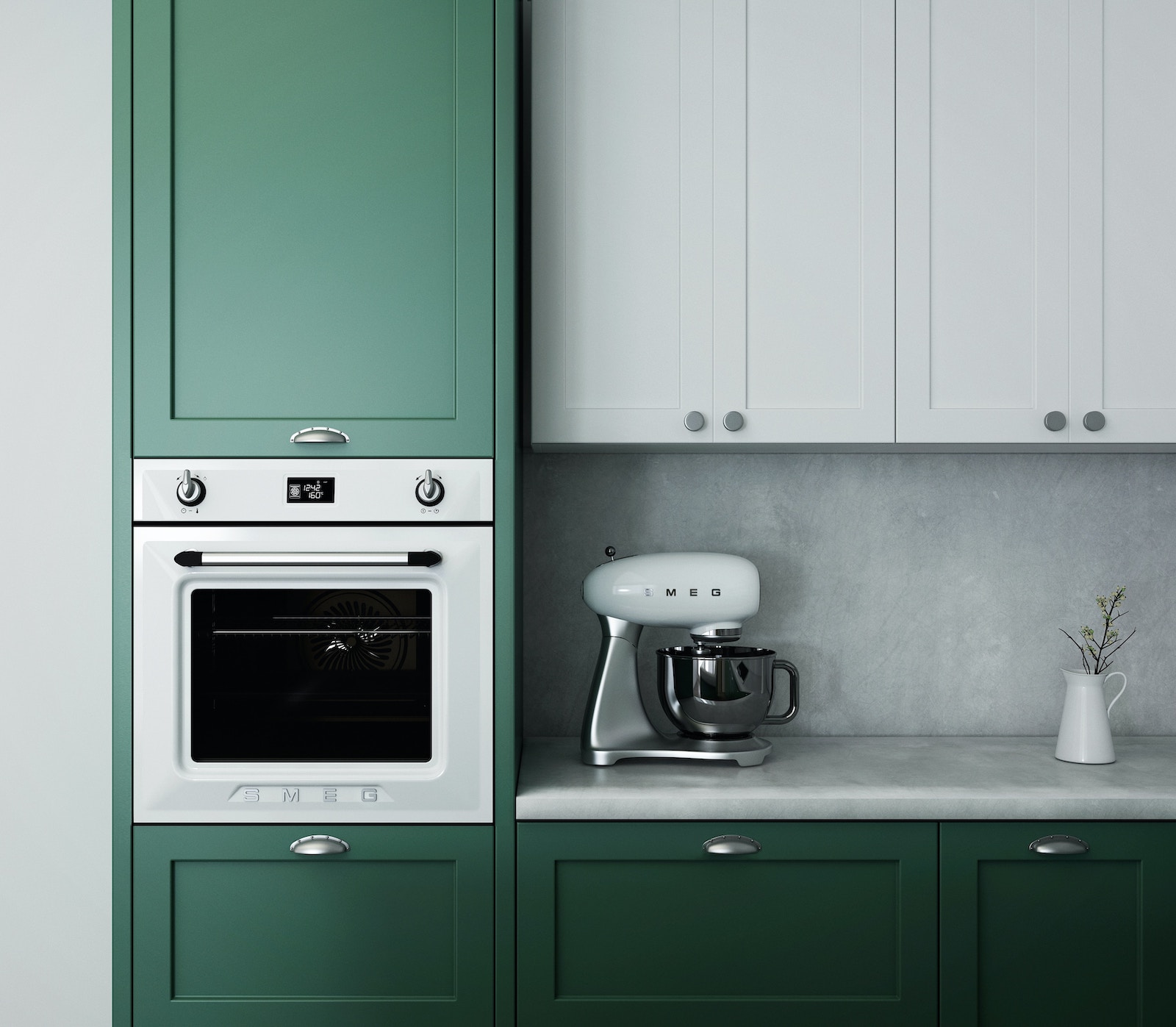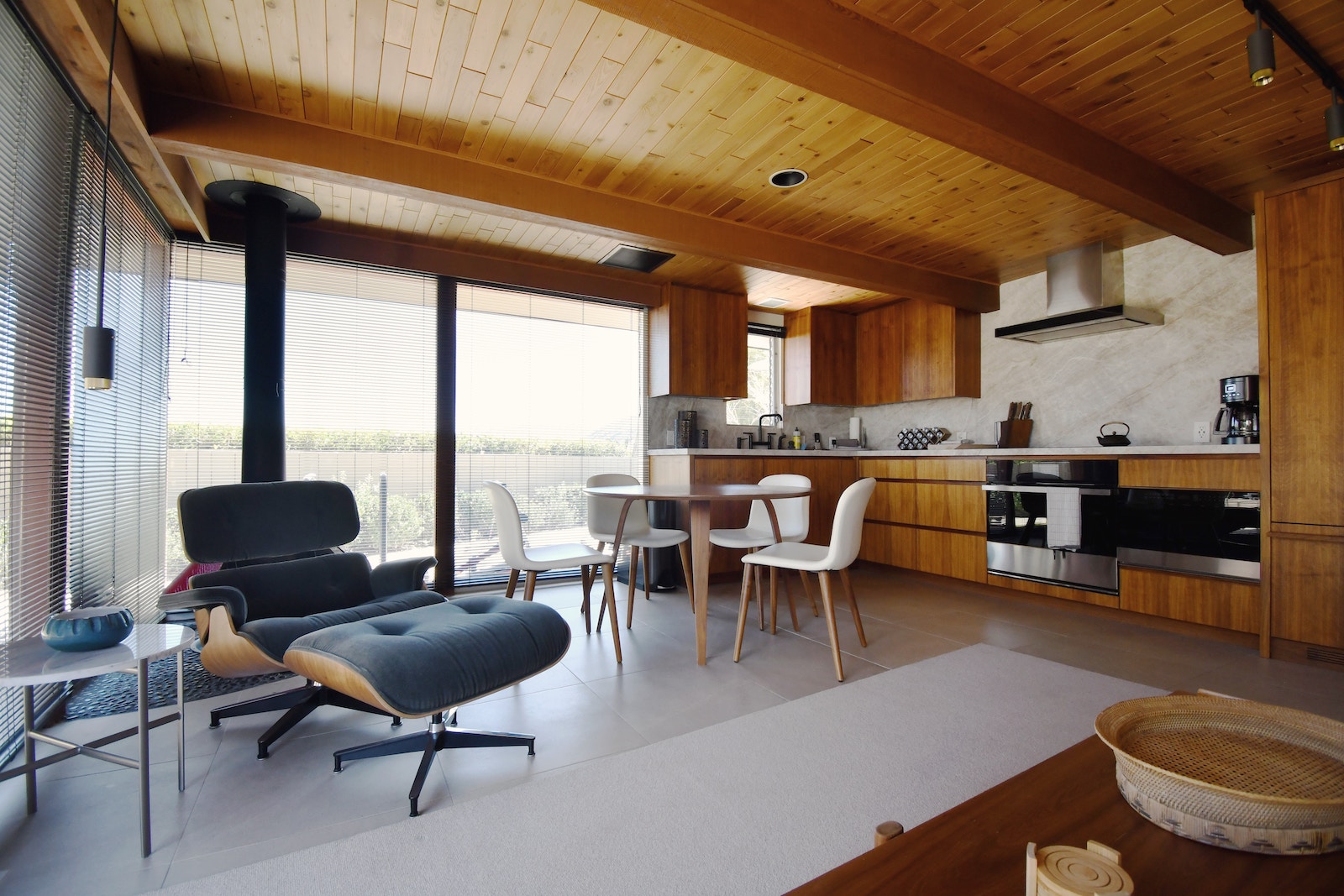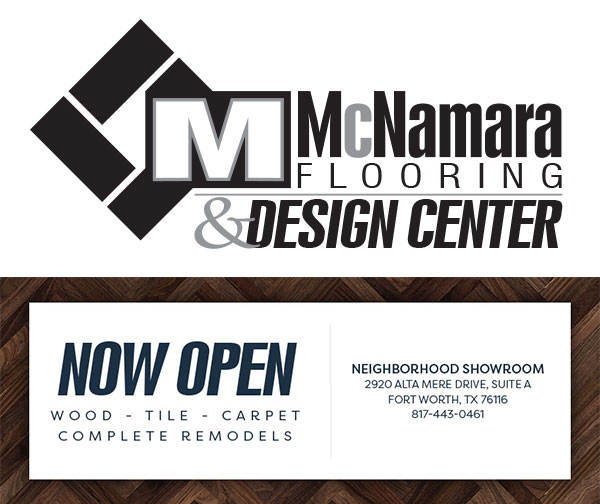
Retro home design inspiration has become increasingly popular in recent years. This design style is all about incorporating vintage elements into modern spaces to create a unique and nostalgic atmosphere. The retro style is characterized by bright colors, bold patterns, and funky shapes that evoke a sense of fun and playfulness.
One of the great things about retro design is that it can be customized to suit any taste or budget. Whether you’re looking to create a full-on retro-inspired space or simply add a few vintage touches to your existing decor, there are plenty of ways to incorporate this style into your home. From funky patterned wallpaper to mid-century modern furniture, there are endless retro design options to choose from.
If you’re looking to add a touch of retro flair to your home, you’ve come to the right place. In this article, we’ll explore some of the best retro home design inspiration and provide tips and tricks for incorporating this style into your own space. Whether you’re a fan of 50s diner style or 70s boho chic, we’ve got you covered. So sit back, relax, and get ready to be inspired by the best of retro design.
The Essence of Retro Home Design
Retro home design is all about bringing back the classic and timeless styles of the past. It is a style that is inspired by the design trends of different eras, such as the 1950s, 60s, 70s, and even the 80s. The goal of retro home design is to create a space that is both nostalgic and modern, combining the best of both worlds.
One of the defining characteristics of retro home design is the use of bold colors and patterns. This can include everything from bright oranges and yellows to geometric prints and floral patterns. Retro style is also known for the use of particular hues—think about avocado green or psychedelic colors.
Another hallmark of retro design is the use of mid-century modern furniture. This style is characterized by pieces that are curved or angled and feature either bold hues or metals like chrome. Retro furniture can be mixed and matched to create a unique look that is both functional and stylish.
When it comes to retro interior design, there are a few must-haves that can help you achieve the perfect look. Warm, saturated colors, vintage rugs, and cane furniture are all popular choices. Incorporating retro fonts and classic textures and finishes like golden, metallic, polished, and mirrored can also add a touch of old-school style to your home.
Overall, retro home design is a fun and creative way to celebrate the past while creating a space that is uniquely your own. Whether you are looking to add a few retro-inspired pieces to your home or want to go all out with a full retro makeover, there are plenty of ways to incorporate this timeless style into your home décor.
Evolution of Retro Design
Retro design has been around for decades and has evolved over time. It is a style that draws inspiration from the past and incorporates it into modern design. The term “retro” refers to a style that is reminiscent of an earlier time, typically from the 50s, 60s, 70s, and 80s.
During the 50s, retro design was characterized by bright colors, bold patterns, and futuristic shapes. The mid-century modern style was popular during this time, which featured clean lines, natural materials, and a minimalist aesthetic. The furniture was often made of wood and had a simple, functional design.
In the 60s, retro design became more playful and colorful. Pop art was a popular movement during this time, and it influenced the design of everything from furniture to fashion. The use of bright colors, bold patterns, and geometric shapes was common.
The 70s saw the rise of the disco era, which influenced retro design with its use of metallic accents, shag carpeting, and bold prints. Earthy colors like brown, orange, and green were also popular during this time.
In the 80s, retro design started to fade away as other design styles came into favor. However, some elements of retro design continued to be popular, such as neon colors and geometric patterns. Futuristic design also became popular during this time, with its use of metallic accents and sleek, modern shapes.
Today, retro design is still popular and has evolved into a style that incorporates elements from different eras. It is not limited to a specific time period and can be customized to fit any space. Retro design is characterized by its use of bold colors, patterns, and shapes, as well as its playful and fun aesthetic.
Overall, retro design has come a long way since its inception in the 50s. It has evolved over time and continues to be a popular design style today. Whether you’re looking to incorporate elements from the 50s, 60s, 70s, or 80s, retro design can add a touch of nostalgia and personality to any space.
Key Elements of Retro Design
Retro design is a style that draws inspiration from the past, particularly the mid-century era. It is characterized by bold colors, playful patterns, and unique textures. In this section, we will explore the key elements of retro design that will help you create a stylish and nostalgic home.
Furniture
Retro furniture is all about clean lines, geometric shapes, and functionality. Popular furniture pieces from the mid-century era include low-slung sofas, armchairs with tapered legs, and sleek coffee tables. Retro furniture often features chrome accents and bold colors, such as avocado green and burnt orange.
Color and Patterns
Color and patterns are essential elements of retro design. Bold colors like mustard yellow, bright red, and turquoise blue are commonly used in retro-inspired homes. Patterns like polka dots, stripes, and geometric shapes are also popular. Wallpaper is another way to incorporate retro patterns into your home decor.
Texture
Tactile materials like shag carpeting, macramé, bouclé fabrics, crushed velvet, and rattan were commonly found in homes in the ’50s, ’60s, and ’70s, juxtaposed with smooth plastics and vinyl. These textures add depth and dimension to a retro-inspired space.
Accessories and Lighting
Accessories and lighting are the finishing touches that complete a retro-inspired home. Look for vintage-inspired accessories like lava lamps, record players, and rotary phones. Lighting fixtures with clean lines and geometric shapes are also a great way to add retro flair to your home.
Color Scheme
When it comes to creating a retro-inspired color scheme, the possibilities are endless. You can go for a bold and bright look with pops of primary colors or opt for a more subdued palette with muted shades of green, blue, and pink. Whatever color scheme you choose, make sure it complements the other elements in your home decor.
In conclusion, retro design is a fun and playful style that can add a touch of nostalgia to your home. By incorporating key elements like bold colors, playful patterns, and unique textures, you can create a stylish and timeless space that will transport you back in time.

Retro Design in Different Rooms
Retro design can be incorporated into various rooms of your home to create a cohesive and unique style. Here are some ideas for incorporating retro design into different rooms:
Living Room
The living room is a great place to showcase retro design elements. Incorporating vintage furniture pieces, such as a mid-century modern sofa or an antique coffee table, can add a touch of retro charm. Bold patterns and colors, such as geometric shapes and bright hues, can also help to create a retro vibe. When it comes to lighting, look for statement pieces with a retro feel, such as a vintage floor lamp or a colorful pendant light.
Home Furnishings
Retro design can also be incorporated into home furnishings, such as curtains, rugs, and throw pillows. Look for bold prints and colors that were popular in past decades, such as paisley, floral, and stripes. Mixing and matching different patterns can create a fun and unique look. When it comes to furniture, consider reupholstering vintage pieces with retro-inspired fabrics to give them a new life.
Functionality
When incorporating retro design into your home, it’s important to consider functionality as well. While vintage pieces can add charm and character, they may not always be the most practical choice. Look for pieces that are both stylish and functional, such as a retro-inspired record player that also serves as a Bluetooth speaker. When it comes to storage, consider incorporating vintage-inspired pieces, such as a mid-century modern sideboard, that offer both style and functionality.
Overall, incorporating retro design into different rooms of your home can add a unique and stylish touch. From vintage furniture pieces to bold patterns and colors, there are many ways to incorporate retro design elements into your home decor.
Popular Retro Colors and Materials
When it comes to retro home design, there are certain colors and materials that are particularly popular. Here are a few of the most sought-after options:
Colors
- White: White is a timeless color that works well in any home design. In retro design, it’s often paired with bright, bold colors to create a striking contrast.
- Burnt Orange: Burnt orange is a warm, earthy color that was popular in the 1970s. It’s a great way to add a pop of color to your home without going too overboard.
- Cherry Red: Cherry red is a vibrant, eye-catching color that was popular in the 1950s. It’s often used in retro kitchens and dining rooms to create a fun, playful atmosphere.
Materials
- Macramé: Macramé is a type of textile that was popular in the 1970s. It’s made by knotting cords or strings together to create intricate patterns. Macramé wall hangings and plant hangers are a great way to add a bohemian touch to your retro design.
- Wicker: Wicker furniture was popular in the 1950s and 1960s. It’s made by weaving natural materials like rattan or bamboo together to create a sturdy, lightweight piece of furniture. Wicker chairs, tables, and baskets are a great way to add texture to your retro design.
- Rattan: Rattan furniture is similar to wicker, but it’s made from a different type of palm plant. It was popular in the 1970s and is often used in bohemian or tropical-inspired designs. Rattan chairs, tables, and headboards are a great way to add a natural touch to your retro design.

Retro Accessories and Decorations
When it comes to creating a retro-inspired home, the accessories and decorations you choose play a crucial role in achieving the desired look and feel. Here are some popular retro accessories and decorations that can add a touch of nostalgia to any room:
Lava Lamps
Lava lamps were a popular accessory in the 1960s and 1970s and have made a comeback in recent years. These lamps feature a unique design that creates a mesmerizing, flowing effect that can add a fun and funky vibe to any room. They come in a variety of colors and sizes, making it easy to find one that fits your retro decor.
Shag Carpeting
Shag carpeting was all the rage in the 1970s and can add a cozy and retro feel to any room. This type of carpet features long, fluffy fibers that create a soft and plush texture underfoot. It comes in a variety of colors and patterns, making it easy to find one that complements your retro decor.
Wall Tapestries
Wall tapestries were a popular decoration in the 1960s and 1970s and can add a touch of bohemian flair to any room. These decorative pieces come in a variety of sizes and designs and can be hung on walls to create a bold and colorful statement.
Door Beads
Door beads were a popular accessory in the 1960s and 1970s and can add a fun and whimsical touch to any room. These decorative pieces consist of strings of beads that hang from a doorway and create a unique and playful effect when you walk through them.
Rotary Phone
A rotary phone is a classic retro accessory that can add a touch of nostalgia to any room. These phones feature a vintage design and can be used as a functional piece or simply as a decorative one.
Record Player
A record player is a must-have accessory for any retro-inspired home. These vintage devices allow you to play vinyl records and can add a touch of nostalgia to your music listening experience. They come in a variety of designs and sizes, making it easy to find one that fits your retro decor.
Overall, incorporating retro accessories and decorations into your home can be a fun and creative way to add a touch of nostalgia to your space. Whether you choose lava lamps, shag carpeting, wall tapestries, door beads, rotary phones, or record players, these items can help you achieve the retro-inspired look you desire.
Mixing Retro with Other Styles
Retro design can be a great way to add a unique and nostalgic touch to your home, but it doesn’t have to be the only style you use. By mixing retro with other design styles, you can create a space that is truly your own. Here are some tips for mixing retro with other styles:
Contemporary
If you want to mix retro with a contemporary style, you can use retro-inspired pieces as accents. For example, you could add a vintage record player to a modern living room or hang retro posters on a plain white wall. The key is to keep the overall look clean and simple, so the retro pieces stand out.
Eclectic
Eclectic design is all about mixing and matching different styles, so it’s a perfect fit for retro. You can mix retro furniture with modern pieces, bohemian textiles, and even industrial accents. The key is to make sure everything feels balanced and intentional. Try to stick to a color palette or theme to tie everything together.
Bohemian
Bohemian design is all about embracing a free-spirited, eclectic vibe. To mix retro with bohemian style, you can use vintage textiles, such as macrame wall hangings or colorful Persian rugs. You can also add retro-inspired furniture, such as a velvet couch or a rattan chair. The key is to layer different textures and patterns to create a cozy and inviting space.
Mixing and Matching
If you want to mix retro with other styles, don’t be afraid to experiment. You can mix and match different eras of retro, such as 1950s and 1970s, or mix retro with contemporary or bohemian styles. The key is to find pieces that you love and that speak to you. Don’t worry too much about following a specific design formula – just have fun with it!
In conclusion, mixing retro with other styles can be a fun and creative way to decorate your home. Whether you prefer a contemporary, eclectic, bohemian, or mix and match style, there are plenty of ways to incorporate retro elements into your design. The key is to stay true to your own personal style and have fun with it!
Trends in Retro Design
Retro interior design is a trend that has been gaining popularity in recent years. It is all about bringing back the styles and designs from the past and giving them a modern twist. From bold colors to funky patterns, there are many ways to incorporate retro design into your home. Here are some of the top trends in retro design that you can use as inspiration for your own home:
Moderation
One of the biggest trends in retro design is moderation. While retro design is all about bold colors and patterns, it is important to use them in moderation. Too much of a good thing can quickly become overwhelming. Instead, try incorporating retro elements into your home in small doses. For example, you could add a retro-inspired rug or throw pillow to your living room, or a vintage lamp to your bedroom.
Retro Color Palettes
When it comes to retro design, color is key. Retro color palettes are all about warm, saturated colors that err on the side of earthy. Think avocado green, terra-cotta red, mustard or marigold yellow, burnt orange, and cherry red. These colors can be used in a variety of ways, from bold accent walls to retro-inspired furniture.
Inspiration from Foter Magazine
Foter Magazine is a great source of inspiration for retro design. They offer a wide range of articles and ideas for incorporating retro elements into your home. From vintage furniture to retro-inspired lighting, Foter Magazine has everything you need to create a retro-inspired space.
Overall, retro design is all about having fun and being creative. By incorporating these trends into your home, you can create a space that is both stylish and unique. Whether you are looking to add a few retro elements to your home or go all out with a full retro-inspired makeover, there are many ways to bring this trend to life in your own space.






